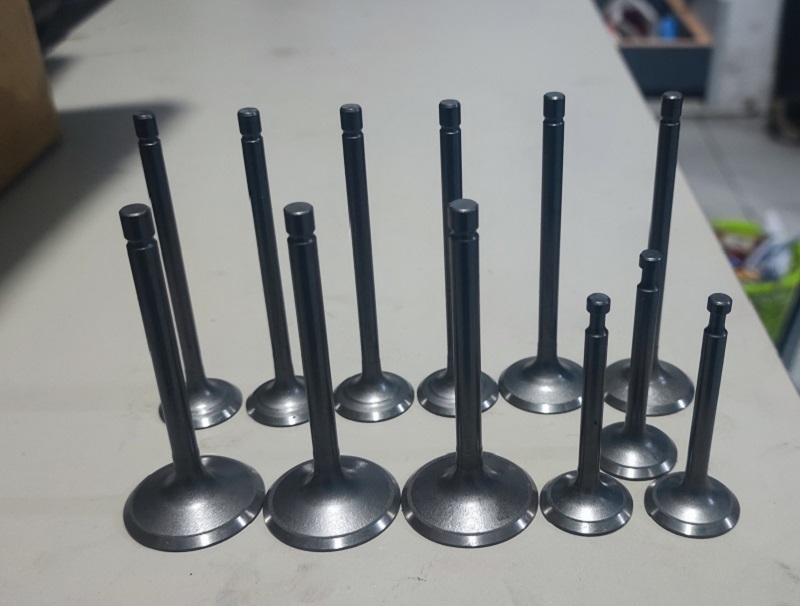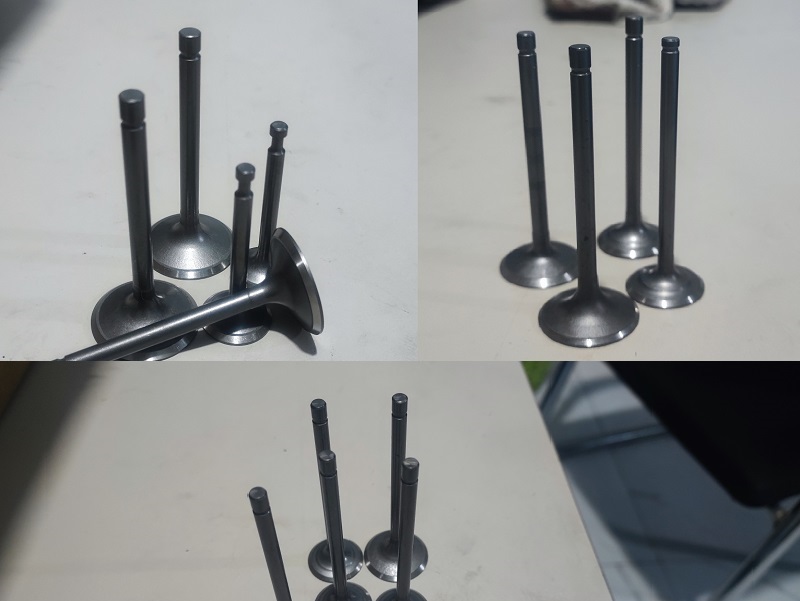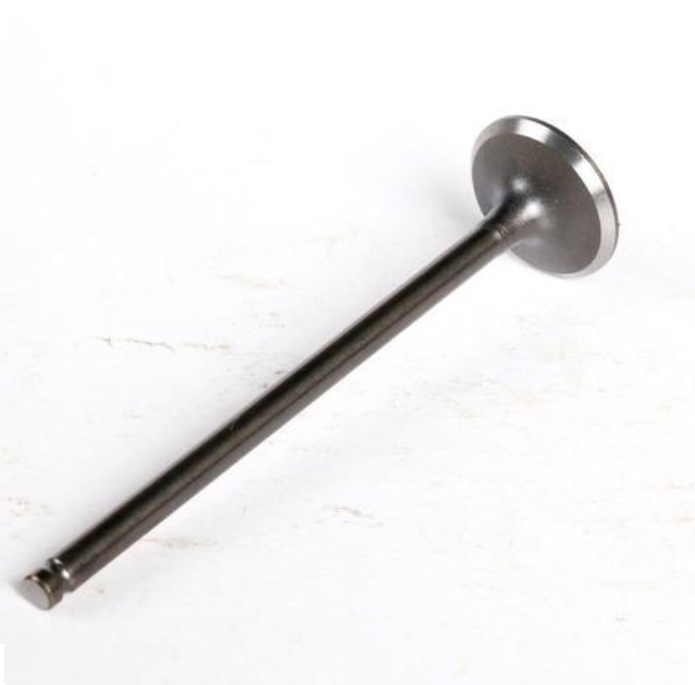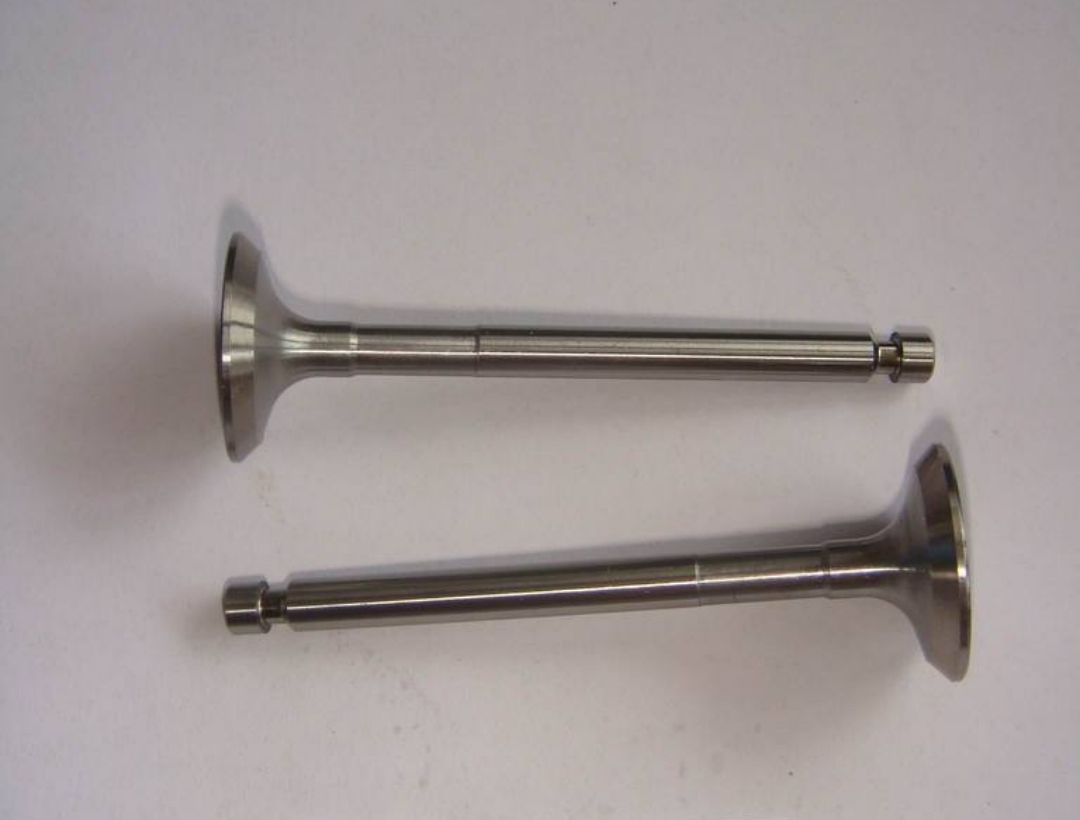Product display & introduction
Current position:Home > Songzheng Products Display & Introduction



<
>
About the valve
The role of the valve
The composition of the valve
The shape of the valve
Materials
Motorcycle valve

General purpose engine valve

Diesel valve



